Have you ever woken up from a dream feeling like you were just in an alternate reality? The concept of parallel realities in dreaming is a fascinating yet perplexing topic that has captivated the minds of researchers, philosophers, and dream enthusiasts alike. This article delves into the existence of parallel realities in dreaming and explores the various indicators, scientific theories, personal experiences, and techniques associated with this phenomenon. Join us on a journey through the realms of dreams and consciousness as we unlock the secrets behind parallel realities and their implications on our perception of reality itself.
The Concept of Parallel Realities
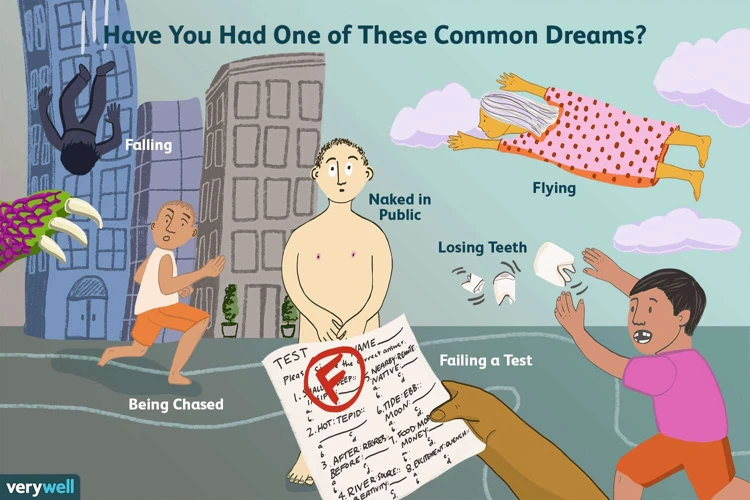
The concept of parallel realities is a mind-bending idea that suggests the existence of multiple coexisting dimensions or universes alongside our own. In the context of dreaming, it proposes that when we dream, we have the potential to access or glimpse into these parallel realities. Imagine a vast network of interconnected realms, each with its own set of events, people, and possibilities. These parallel realities may differ subtly or significantly from our waking reality, presenting alternate versions of ourselves, our surroundings, and even the laws of physics. While the idea of parallel realities may seem far-fetched, it opens up a realm of possibilities for exploring the limits of human consciousness. Through dreaming, we may have the capacity to step into these parallel dimensions, experiencing alternate lives, uncovering hidden knowledge, or connecting with beings from other realms. The concept of parallel realities in dreaming invites us to question the nature of reality itself and consider the boundless potential of our dreaming minds.
Indicators of Parallel Realities in Dreams
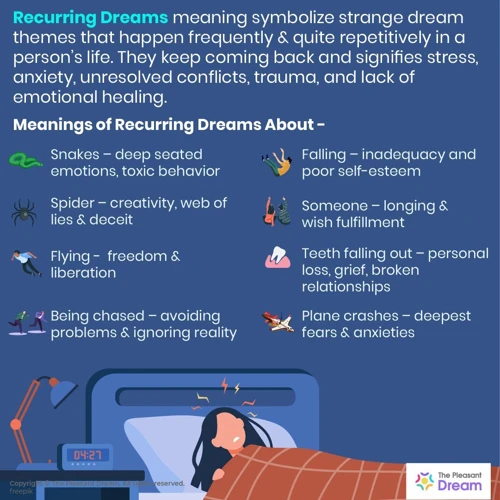
Closely examining our dreams can reveal various indicators that suggest the presence of parallel realities. These indicators, though often subtle and subjective, give us glimpses into the possibility of other dimensions intersecting with our dream experiences. One indicator is cohesive storylines that unfold within our dreams. Unlike the often disjointed narratives we encounter, dreams with parallel reality elements exhibit a strong sense of continuity and coherence, creating a seemingly separate world with its own logical progression. Another indicator is the recurrence of key elements, such as specific people, places, or objects, across multiple dreams. These recurring elements may indicate connections to parallel realities or alternate versions of ourselves. Lastly, the inexplicable familiarity we sometimes feel in dreams can be another clue. An unfamiliar place or person may evoke a strong sense of recognition, as if we have encountered them before in a parallel reality. By paying attention to these indicators, we can delve deeper into the enigmatic nature of parallel realities manifesting within our dreams. (Reference: Link)
Cohesive Storylines
One of the indicators of parallel realities in dreams is the presence of cohesive storylines. When we dream, our subconscious mind weaves intricate narratives that unfold in a seemingly logical and coherent manner. These dream storylines can be incredibly vivid and immersive, often resembling the structure of a well-crafted movie or novel. What makes these cohesive storylines intriguing is that they may involve unfamiliar settings, characters, and events that feel completely distinct from our waking reality. For example, you might find yourself exploring a futuristic city, interacting with fantastical creatures, or engaging in supernatural abilities that defy the laws of physics. These dreams can be so vivid and detailed that it’s easy to get lost in the alternate reality presented. The presence of cohesive storylines in dreams suggests that our subconscious mind has the ability to tap into parallel realities, creating narratives that unfold within those realms. These dream experiences offer a glimpse into the vastness of human imagination and the potential for our dreams to transcend the boundaries of our everyday existence. Through cohesive storylines, our dreams provide a portal to explore and understand parallel realities that exist beyond the constraints of our waking lives. For more information on the role of dreams in higher consciousness, you can check out this article.
Recurrence of Key Elements
One of the indicators of parallel realities in dreams is the recurrence of key elements. In some dreams, certain symbols, locations, or even individuals may appear repeatedly, creating a sense of familiarity and continuity. These recurring elements often defy rational explanations, as they may bear no significance in our waking lives. For example, you might find yourself consistently encountering a specific house or landscape in your dreams, or regularly interacting with a particular person who holds no relevance in your conscious reality. This repetition suggests that these elements may have deeper connections to parallel realities or alternate versions of ourselves. They can serve as subtle hints or messages from the subconscious or even from higher realms of consciousness, providing insights or guidance that may be difficult to grasp in our waking state. Exploring the recurrence of key elements in dreams can lead to a deeper understanding of the interplay between our conscious and unconscious minds, and the potential existence of parallel realities that influence our dream experiences. To uncover the true meaning behind these recurring elements, it can be helpful to keep a dream journal, allowing you to analyze patterns and themes over time. By unraveling the mysteries of recurring elements in dreams, we may gain a better understanding of the interconnected nature of our consciousness and the ways in which parallel realities intersect with our dream landscape.
Inexplicable Familiarity
In the realm of dreams, an intriguing indicator of parallel realities is the inexplicable familiarity we sometimes experience. Picture this: you find yourself in a dream setting that you have never encountered in your waking life, yet it feels strangely familiar as if you’ve been there before. This uncanny sensation can leave you wondering if you have stumbled upon a parallel reality, where the places, people, or events differ from your normal waking experiences. The feeling of inexplicable familiarity in dreams can be intense and vivid, as if you possess a deeper connection to this alternate reality. It may even evoke a sense of déjà vu, where you believe you are reliving a moment or encountering someone you’ve previously encountered in another realm. While these experiences can be puzzling, they provide glimpses into the possibility that our dreams are windows to parallel dimensions, inviting us to explore the interconnectedness of our consciousness and the potential existence of parallel realities. To delve further into the world of dreams and parallel realms, you may find it fascinating to explore the concept of unveiling spirit guide messages in dreams, where dream encounters may hold hidden insights and guidance from spiritual beings.
Scientific Theories and Explanations
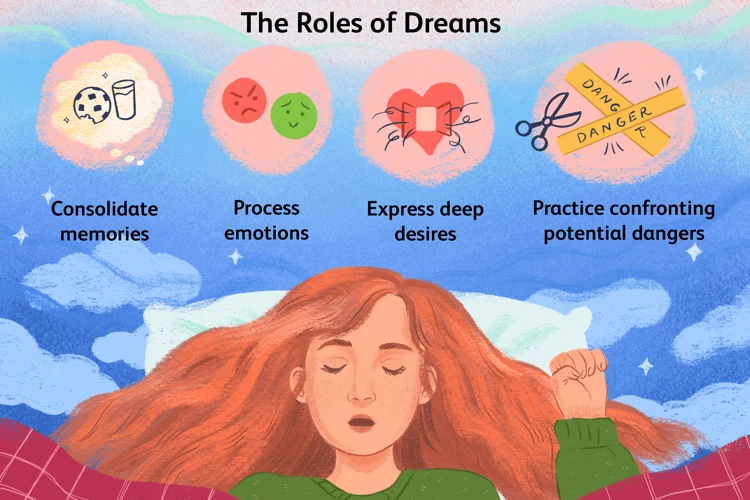
Scientific theories and explanations offer intriguing perspectives on the concept of parallel realities in dreams. One theory that aligns with this idea is Quantum Mechanics and Multiverse. According to this theory, the quantum nature of reality allows for the existence of multiple universes or realities, each branching off based on different possibilities and outcomes. These parallel realities would then manifest in our dreams, offering glimpses into alternative dimensions. Another fascinating theory is the Simulation Hypothesis, which suggests that our reality is a complex simulation created by an advanced civilization or entity. If this is true, then dreaming could be a way for us to temporarily tap into other simulated realities within the simulation. These theories, while still speculative, present compelling possibilities for understanding the existence of parallel realities in the realm of dreaming.
Quantum Mechanics and Multiverse
The realm of quantum mechanics holds intriguing possibilities for explaining the concept of parallel realities in dreams. According to quantum theory, subatomic particles can exist in multiple states simultaneously, only collapsing into a definite state upon observation. This idea of superposition suggests that there are countless potential outcomes for any given event. In the context of the multiverse theory, quantum mechanics proposes that these potential outcomes are realized in separate parallel universes. Each universe branches off into different possibilities, creating a myriad of parallel realities. Applying this theory to dreaming, it could be postulated that when we dream, our consciousness taps into these parallel universes, experiencing different versions of reality. Dreams may serve as a gateway into these alternate dimensions, where we can interact with different versions of ourselves, encounter unfamiliar landscapes, or even access knowledge from parallel realms. While the connection between quantum mechanics and dreaming is a subject of ongoing speculation, it offers an intriguing perspective on the existence of parallel realities in the realm of dreams.
Simulation Hypothesis
The Simulation Hypothesis is a fascinating theory that posits the idea that our reality, including the dreams we experience, is nothing more than a highly advanced simulation created by an external entity or civilization. According to this hypothesis, our entire existence, including the laws of physics and the events that unfold, is akin to a computer-generated simulation. In the context of dreaming, this theory suggests that our dreams could be seen as an immersion within a simulated reality within the larger simulation of our waking life. This intriguing concept raises profound questions about the nature of our perceived reality and the role of dreams within this simulated framework. If we are living in a simulation, could our dreams be coded experiences crafted by the simulation’s creators? Do our dreams offer glimpses into the inner workings of this simulated reality? The Simulation Hypothesis offers a unique perspective on the existence of parallel realities within dreams, hinting at the possibility that our dream experiences may be shaped by a larger simulated construct, challenging our notions of what is real and what is simulated. Exploring this hypothesis leads us down a mind-bending path of questioning the nature of our existence and the true nature of the world we perceive.
Shared Dreaming and Parallel Realities

Shared dreaming is an intriguing phenomenon that further supports the existence of parallel realities in dreams. It occurs when two or more individuals claim to have had the same dream experience, sharing the same environment, characters, and events. These shared dream experiences suggest that individuals are not only exploring their own personal dream realities but also tapping into a collective dream realm where parallel realities intersect. The idea of shared dreaming raises profound questions about the nature of consciousness and the interconnectedness of our dream experiences. Could it be that when we dream, we are all part of a larger web of consciousness where we can interact and co-create within parallel realities? Some accounts of shared dreams even involve communication and interactions between dreamers, blurring the lines between dream and waking reality. Exploring shared dreaming experiences provides valuable insights into the existence and exploration of parallel realities, hinting at the vast realms of consciousness that transcend our individual experiences. It invites us to reconsider the boundaries of our own reality and opens up possibilities for profound connections and shared adventures within the realm of the dreaming mind.
Personal Experiences and Testimonies
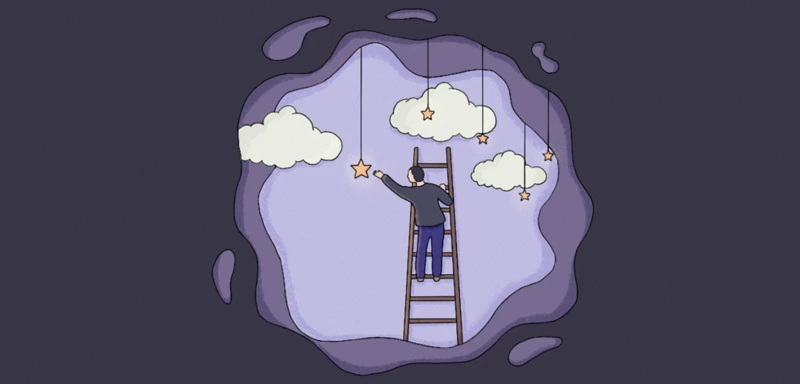
Personal experiences and testimonies play a crucial role in exploring the existence of parallel realities in dreaming. Countless individuals from various cultures and backgrounds have shared their extraordinary encounters and intriguing accounts of dreaming in parallel realities. These firsthand experiences provide compelling insight into the nature of these alternate dimensions. Many people report vivid dreams in which they find themselves in unfamiliar environments, interacting with unknown individuals, and experiencing events that defy the laws of the physical world. These dreams often possess a heightened sense of realism, prompting individuals to question whether they truly visited another reality during sleep. Individuals have recounted dreams where they have encountered doppelgangers or versions of themselves with different lives and personalities. These encounters can leave a deep impact, evoking a sense of fascination, confusion, and sometimes even spiritual awakening. Some individuals claim to have received messages or guidance from beings in dreams that seem to originate from parallel realities. While personal experiences and testimonies cannot provide concrete scientific evidence, they contribute to a collective body of anecdotal evidence that encourages further exploration and investigation into the existence of parallel realities in dreaming. Understanding and analyzing these accounts can shed light on the intricacies of our dreams and offer glimpses into the vast possibilities of the human mind.
Interacting with Parallel Realities in Dreams
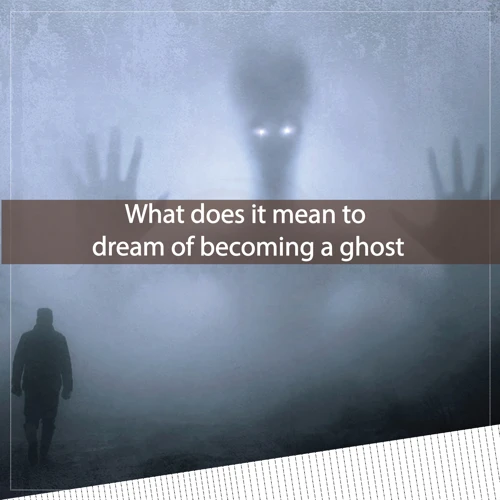
Interacting with parallel realities in dreams is an intriguing concept that opens up a world of possibilities for experiencing and exploring alternative dimensions. One technique for engaging with parallel realities is through lucid dreaming. Lucid dreaming allows individuals to become aware that they are dreaming while still in the dream state, granting them the ability to actively participate and manipulate the dream scenario. By developing techniques to induce lucidity and practice dream control, dreamers can consciously navigate and interact with parallel realities within their dreams. Reality checks play a crucial role in recognizing the dream state and gaining lucidity. These checks involve questioning the solidity of objects or attempting to perform actions that defy the laws of physics. Additionally, exploring altered states of consciousness, such as through meditation or astral projection, may also enable dreamers to access parallel realities within the dream realm. By actively engaging and interacting with these parallel realities, individuals can unlock new levels of self-discovery, expand their understanding of the universe, and potentially tap into profound sources of wisdom and insight.
Lucid Dreaming Techniques
Lucid dreaming techniques offer a pathway to consciously interact with parallel realities within the dream state. These techniques aim to enhance self-awareness during dreams, allowing individuals to recognize that they are dreaming and exert some control over the dream’s narrative. One popular technique is reality checks, where individuals perform habitual actions or observations throughout the day and then repeat them in their dreams. By developing a habit of questioning reality, such as looking at clocks or trying to push their fingers through solid objects during waking hours, individuals can cultivate the same habits within their dreams. When these reality checks fail in a dream, it acts as a trigger for individuals to realize they are dreaming and become lucid. Another technique involves setting intentions before sleep. By affirming the desire to become aware and lucid in dreams, individuals can increase their likelihood of having a lucid dream. Some individuals also find success with mnemonic techniques, such as visualization or repeating mantras before sleep. These techniques help in programming the mind to remember the intention to become lucid during the dream state. Ultimately, the goal of these techniques is to enable individuals to navigate and explore parallel realities, transforming dreams into conscious and interactive experiences.
Reality Checks and Altered States
Reality checks and altered states play a crucial role in exploring and interacting with parallel realities in dreams. Reality checks involve techniques or practices that help individuals differentiate between dreaming and waking states. By consistently performing reality checks throughout the day, such as counting fingers, looking at clocks, or questioning the stability of one’s surroundings, individuals can develop a habit of conducting these checks within their dreams as well. When these reality checks are performed in a dream, they can trigger a lucid state where the dreamer becomes aware that they are dreaming. This heightened state of consciousness provides an opportunity to explore and manipulate the dream environment, potentially accessing parallel realities. Additionally, techniques that induce altered states of consciousness, such as meditation, binaural beats, or hypnosis, can enhance the ability to navigate and interact with parallel realities within dreams. By entering these altered states, dreamers may experience heightened senses, enhanced awareness, and a greater connection to the dream world. These practices serve as powerful tools in unlocking the potential of parallel realities in dreams, allowing individuals to actively engage with and shape their dream experiences.
The Implications and Significance
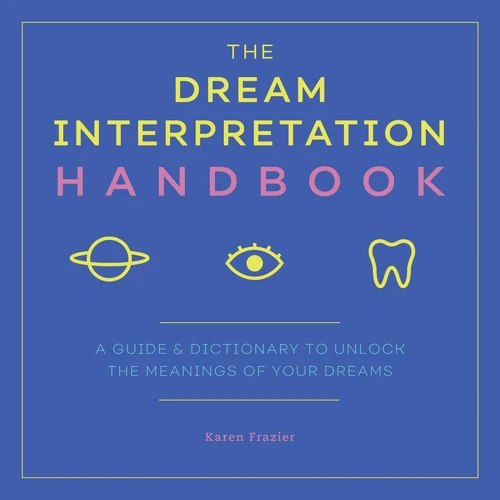
The implications and significance of exploring the concept of parallel realities in dreaming are vast and thought-provoking. By recognizing the existence of parallel realities in dreams, we open ourselves up to a whole new understanding of consciousness and the nature of reality. Firstly, this concept challenges the conventional idea of a singular objective reality, suggesting that there may be multiple subjective realities coexisting simultaneously. It raises questions about the true nature of perception and expands our understanding of human consciousness. Additionally, exploring parallel realities in dreams allows us to expand our awareness and explore alternative perspectives. It offers the potential for personal growth, as we can navigate different versions of ourselves and gain new insights and experiences. The concept of parallel realities can also have an impact on our view of time, suggesting that past, present, and future may be interconnected and accessible in the dream state. Understanding and embracing parallel realities in dreaming has the potential to transform our perception of self, reality, and the very fabric of existence itself.
Exploring Consciousness and Reality
Exploring consciousness and reality is a fundamental aspect of delving into the concept of parallel realities in dreaming. It raises profound questions about the nature of our existence and the limitations of our perception. As we navigate the realms of dreams and parallel realities, we are presented with the opportunity to gain insights into the expansive nature of consciousness itself. By witnessing and experiencing different versions of reality, we start to question the rigid boundaries that define our waking lives. Are the limitations we perceive simply constructs of our own minds? Can we expand our consciousness to perceive and understand these parallel realities more fully?
This exploration challenges our understanding of reality. It forces us to reconsider the idea that there is only one objective reality and opens the door to a multiverse of possibilities. The parallel realities we encounter in dreams offer glimpses into alternate versions where different decisions were made, different events occurred, or even where the fundamental laws of the universe are altered. This challenges us to reevaluate our understanding of cause and effect, as well as the nature of time itself.
Through the exploration of consciousness and reality in the context of parallel realities in dreaming, we can expand our perspectives and break free from the confines of our everyday lives. By recognizing that our perceived reality is just one facet of a much larger tapestry, we can develop a sense of awe and curiosity for the mysteries that lie beyond our waking experience. This exploration invites us to question, to learn, and to embrace the infinite possibilities that exist within the realms of consciousness and the parallel realities of our dreams.
Expanding Human Perception
Expanding human perception is one of the significant implications of exploring parallel realities in dreams. When we open ourselves to the idea that our dreams are windows into alternate dimensions, it challenges conventional notions of reality and expands the boundaries of our understanding. By delving into these parallel realities within our dreams, we have the opportunity to experience sensations, emotions, and events that may be impossible or unimaginable in our waking lives. This expansion of perception allows us to explore new realms of possibility, unlocking creative potential, and tapping into hidden aspects of our consciousness. Within these parallel realities, we may encounter new colors, shapes, sounds, and even discover entirely new senses that are beyond our current understanding. Our dreams become a playground for the exploration and expansion of our perception, pushing the limits of what we believe is possible. The process of engaging with parallel realities in dreams opens our minds to the vastness of the universe and challenges us to question our assumptions about the nature of reality. As we expand our perception within the realm of dreams, we gain a deeper appreciation for the complexity of existence and the boundless potential of our own consciousness.
Alternative Perspectives
Alternative perspectives are a fundamental consequence of exploring the existence of parallel realities in dreaming. Through the lens of parallel realities, we are challenged to question our preconceived notions of what is real and what is possible. These alternative perspectives provide us with a fresh outlook and enable us to perceive the world from different angles. By considering the idea of parallel realities in dreaming, we can embrace a mindset that acknowledges the diverse possibilities and infinite variations that may exist beyond our immediate perception. This opens the door to new insights, expanded belief systems, and a greater appreciation for the complexity of existence. Alternative perspectives invite us to break free from the constraints of a singular reality and embrace the limitless potential of multiple simultaneous realities. They encourage us to think beyond the confines of our own experiences and explore the unexplored territories of consciousness and beyond. Embracing alternative perspectives allows us to cultivate a sense of wonder and curiosity, fostering a deeper understanding of ourselves and the world around us. It challenges us to question the perceived boundaries of reality, encouraging a more open and receptive mindset to the mysteries of the universe.
Scientific Challenges and Future Research
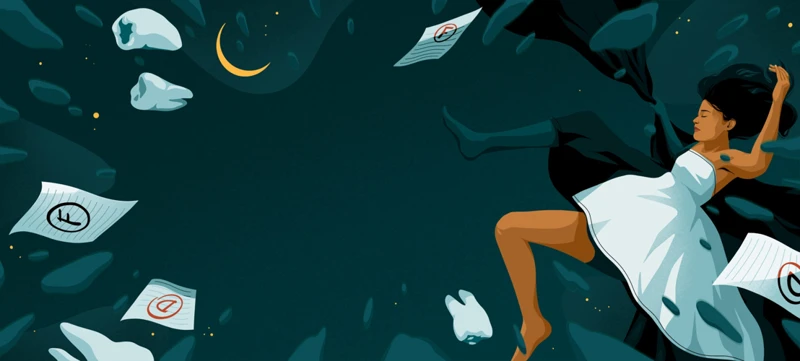
Exploring the concept of parallel realities in dreaming presents several scientific challenges and opportunities for future research. While the idea is intriguing, the subjective nature of dreams makes it difficult to conduct empirical studies and gather conclusive evidence. However, advancements in neuroscience and technology offer promising avenues for further investigation. Scientists can employ methods such as electroencephalography (EEG) and functional magnetic resonance imaging (fMRI) to examine brain activity during dreams and identify potential neural correlates of parallel reality experiences. Additionally, longitudinal studies tracking dream patterns and experiences over extended periods can provide valuable insights into the existence and dynamics of parallel realities in dreaming. Collaborative efforts between experts in the fields of neuroscience, psychology, and quantum physics are essential to unravel the mysteries surrounding parallel realities and dreams. The development of interdisciplinary research methodologies and the establishment of a standardized dream reporting system can help validate personal experiences and facilitate objective analysis. Investigating the relationship between parallel realities in dreaming and states of higher consciousness, astral projection, or spirit guide interactions can shed light on the interconnected nature of these phenomena. As scientists continue to push the boundaries of knowledge and exploration, the scientific community is poised to make significant strides in understanding the existence and implications of parallel realities in dreaming, enhancing our grasp of human consciousness and the nature of reality itself.
Ethical Considerations and Ramifications
Ethical considerations and ramifications surrounding parallel realities in dreaming raise important questions about the nature of our experiences and the potential impacts on individuals and society as a whole. While exploring parallel realities through dreams can be exhilarating, it is crucial to consider the ethical implications of such experiences. One ethical consideration is the question of consent. When interacting with parallel realities, are we potentially intruding upon the consciousness or experiences of other beings? It is essential to respect the autonomy and privacy of those who may exist in these parallel dimensions.
Another ethical concern revolves around the potential psychological effects of exploring parallel realities in dreams. Venturing into unfamiliar realms can be both captivating and disorienting. It raises questions about the stability of one’s mental well-being and the potential long-term consequences of repeatedly traversing these alternate dimensions. Additionally, there is a risk of becoming so engrossed in parallel realities that it affects one’s ability to function effectively in the waking world. Striking a balance between exploring these realms and maintaining a grounded and healthy existence is crucial.
The ramifications of acknowledging the existence of parallel realities extend beyond the individual level. Society as a whole may experience shifts in belief systems, social structures, and the understanding of what is considered “real” or “possible.” The integration of parallel realities into our collective consciousness could challenge established norms and disrupt traditional frameworks, potentially leading to profound societal changes.
Addressing the ethical considerations and ramifications surrounding parallel realities in dreaming requires thoughtful consideration and open dialogue. As the exploration of these concepts continues, it is essential to strike a balance between personal curiosity, respect for other dimensions and beings, and the well-being of both individuals and society.
Conclusion
In conclusion, the exploration of parallel realities in dreaming offers a tantalizing glimpse into the vastness of human consciousness and the potentiality of alternate dimensions. While the concept may push the boundaries of our understanding, there are indicators within dreams that suggest the existence of parallel realities, such as cohesive storylines, recurring elements, and unexplainable familiarity. Scientific theories like quantum mechanics and the simulation hypothesis provide potential explanations for the existence of parallel realities. Personal experiences and testimonies further support the notion, with individuals reporting shared dreaming and interactions with parallel realms. Techniques such as lucid dreaming and reality checks offer pathways for consciously navigating these parallel dimensions. The implications are significant, as they invite us to question our perception of reality, expand our consciousness, and consider alternative perspectives. However, further scientific research and exploration are necessary to fully understand the nature of parallel realities in dreaming. With ethical considerations in mind, we embark on a journey of discovery and open our minds to the mysteries that lie within the realms of parallel realities.
Frequently Asked Questions
What are parallel realities?
Parallel realities refer to the concept of multiple coexisting dimensions or universes that exist alongside our own, each with its own set of events and possibilities.
How do parallel realities relate to dreaming?
Parallel realities in dreaming suggest that when we dream, we have the potential to access or glimpse into these alternate dimensions, experiencing different versions of ourselves and our surroundings.
What are indicators of parallel realities in dreams?
Indicators of parallel realities in dreams include cohesive storylines that continue across multiple dreams, recurrence of key elements or locations, and feelings of inexplicable familiarity within dream experiences.
What is the scientific explanation for parallel realities?
There are various scientific theories that attempt to explain parallel realities, such as the concept of multiverse in quantum mechanics and the Simulation Hypothesis, which suggests that our reality may be a simulated construct.
Can dreams be shared between parallel realities?
The phenomenon of shared dreaming suggests that it is possible for individuals to have synchronized or overlapping dreams, which could potentially involve interactions with parallel realities or other beings within the dream realm.
Have there been personal experiences of parallel realities in dreams?
Many individuals have reported personal experiences of parallel realities in dreams, sharing vivid accounts of encountering alternate versions of themselves, visiting different worlds, or receiving messages and guidance from spiritual beings.
How can one interact with parallel realities in dreams?
Lucid dreaming techniques, which involve becoming aware and in control within a dream, can be used to intentionally explore and interact with parallel realities. Reality checks and altered states of consciousness can also enhance the ability to navigate these realms.
What are the implications of parallel realities in dreaming?
Exploring parallel realities in dreaming opens up avenues for understanding consciousness, expanding human perception, and considering alternative perspectives on the nature of reality and existence.
What are the scientific challenges in researching parallel realities?
Researching parallel realities poses challenges due to the subjective nature of dreams and the difficulty in objectively studying a phenomenon that lies beyond the boundaries of conventional scientific methodologies.
Are there any ethical considerations with regards to parallel realities in dreaming?
Ethical considerations arise in terms of personal interpretation and integration of dream experiences, as well as respecting the boundaries of others when it comes to shared dreaming or discussing potentially sensitive or profound dream encounters.








